EtonGreen F1 Hybrid Yellow Capsicum, Shimla Mirch Vegetable Plant Seeds for Gardening (Set of 2)
₹110.00 ₹100.00
- Shipping charge ₹ 90 for Entire order.
- Capsicums are cultivated worldwide and used in many cuisines.
- They are low in calories and exceptionally rich in vitamin C and other antioxidants, making them an excellent addition to a healthy diet.
- Safe Packaging and Secure Delivery all across India
2 in stock
Leaving a mild fruity flavor on the testbeds, Yellow capsicums, also known as Yellow bell peppers are bell shaped, medium-sized fruit pods. They have thick and shiny skin with a fleshy texture on the inside. Yellow capsicums have powerful antioxidants and anti-inflammatory properties. Rich in Vitamin A, B complex, C and phytonutrients. Relieves pain of bone disorders and has the capacity to relax the respiratory passage.
| Weight | 0.300 kg |
|---|---|
| Dimensions | 10 × 10 × 25 cm |
Up sells product
- Shipping charge ₹ 90 for entire order
- A wide range of colors and an alluring floral fragrance make freesia hard to resist. With up to eight trumpet-shaped, upward-pointing blossoms on leafless stems, freesias make delightful cut flowers that last a long time in the vase.
- The freesia bulb plant is easy to force indoors on sunny windowsills. Learning how to grow freesias in the garden and freesia flower care will allow you to enjoy these beauties year after year.
- Freesias bloom readily indoors. Plant the bulbs about 2 inches (5 cm.) apart in a pot filled with regular potting soil. Keep the soil moist, but not soggy, and place the pot in a sunny, preferably south-facing window. Expect flowers in 10 to 12 weeks.
- Once the flowers and foliage die back, allow the pot to dry out and place it in a cool location until you are ready to bring them into bloom again.
- Water well through the growing season but cut back during flowering time. Stop watering altogether once the foliage dies down and dries up. Do not over water because it will cause the corms to rot.
- Temperature: Keep Freesia refract plants in cool room with temperatures ranging between 16-18°C (60-65°F) and moderate humidity while they are growing and flowering. Blooms will last for weeks if kept at a maximum of 18°C (65°F). Freesia refract plants need a mild winter temperature of around 10°C (50°F).
- Fertilizer: A liquid fertilizer can be applied as soon as the first growth appears above ground.
- Shipping charge ₹ 90 for entire order
- Gladiolus is a genus of perennial cormous flowering plants in the iris family
- Gladiolus is popularly known as the Sword Lilly due to its shape
Planting Procedure
- Planting time is October for plains and March-April for hills.
- Dig a hole about 5 cm deep to sow the bulb.
- Set the bulb in the hole, pointy end up, then cover with soil and press firmly
- Space bulbs 6 to 8 inches apart
- Following are the suggested compositions for bulb plantation: Garden soil + Compost + Perlite + Sand (2:2:1:1) or, Soil + Cocopeat + vermicompost (1:1:1)
- Shipping charge ₹ 90 for entire order
- These plants are perennial herbaceous bulbous plants. They generally have large fleshy bulbs. It is a plant with strap-shaped, glossy, green leaves and producing few large funnel-shaped flowers on a stout stalk, from March-May This plant is very suitable for planting in border, shrubbery and in a pot.
- The amaryllis lily is mainly used for ornamental purpose in garden, terrace, balcony, patio, etc.
- Common name: Hippeastrum
Color: The usual color is white with crimson veins, but pink or purple also occur naturally.
Bloom time: Late December until the end of June.
Height: 24 in/60 cm.
Difficulty level: EasyPlanting & Care
Amaryllis like their soil rich, but exceptionally well-drained, so ideally create a mix from one part well-rotted manure, one part horticultural grit or sand, and two parts leaf mould. Two-thirds good compost mixed with one-third grit also does fine.Sunlight: Full sunSoil: Well-drained soil.
Water: Keep soil moist throughout the growing season.
Temperature: 20°C
Fertilizer: Apply any organic fertilizer.
Harvesting: After the amaryllis has stopped flowering, it can be made to flower again. Cut the old flowers from the stem after flowering, and when the stem starts to sag, cut it back to the top of the bulb. Continue to water and fertilize as normal all summer, or for at least 5-6 months, allowing the leaves to fully develop and grow. When the leaves begin to yellow, which normally occurs in the early fall, cut the leaves back to about 2 inches from the top of the bulb and remove the bulb from the soil. Clean the bulb and place it in a cool (40-50 deg. F), dark place such as the crisper of your refrigerator for a minimum of 6 weeks. Caution: Do not store amaryllis bulbs in a refrigerator that contains apples, this will sterilize the bulbs. Store the bulbs for a minimum of 6 weeks.
Care:
- Once the plant is flowering, continue the watering and keep it out of direct sunlight, and slightly cooler (10-15°C), but as light as possible to promote a longer flower life.
- Each individual flower should last two or even three weeks before they brown.
- As each one fades, cut it off at the top of the stalk and then when the whole stalk is over and begins to sag, carefully cut it off just above the bulb nose.
- After flowering you can keep them from one year to the next.
- Feeding needs to continue and you want to water too, until the leaves begin to yellow in late summer/early autumn.
- At this stage, cut the leaves back to about 6cm (2½in) from the top of the bulb and remove it from the pot.
- Keep the bulb cool (5-10°C) and dark, to give it a dormant period for 8 weeks before you can encourage it to come into leaf and flower again When the temperature in your greenhouse falls to below 10C, bring them into the warmth and begin gentle watering again and your bulb will re-shoot.
- Don t re-pot it for the first couple of years; it hates root disturbance.
- The older and bigger the bulb, the more flowering stems you’ll get, so it’s worth the trouble of nurturing these mini football bulbs.
- Bulbs older than two years will produce offset bulblets.
- These may be left attached to the mother and re-potted with her, creating an amazing show, but its best to remove them carefully just before you replant and put them in their own individual pots.
- These little bulbs will take two years before producing their first flower, but it will be a proud moment when they do.
Related products
- Images are for reference purposes only. Actual product may vary in shape or appearance based on climate, age, height, etc.
- Shipping charge ₹ 90 for Entire order.
-
Planting And Care
- Provide moderate soil moisture and light fertilizer to Vinca
-
Vinca Mixed Color Care
- Vinca seeds can be grown by either direct sowing or transplanting with 0
- 5 cm deep
- Potting mixture should be Humus-rich and well drained
- Keep the seed spacing 1 to 1
- 5 cm
- and for a mature plant (seedling), the spacing is 45*20
Sunlight Full sunlight Watering Moderate Soil Prefer the deep loam or laterite or sandy loam soil with medium fertile. Soil pH 6 to 7.5. Temperature 25 to 35 degree C Fertilizer Use any organic fertilizer Harvest Season Vinca is harvested throughout the year. Other plants part of leaves, roots, stem are harvested for medicinal use. Vinca Mixed Color Special Feature
Flowers are very attractive.
- Ornamental Use:
- Vinca is used as an evergreen ornamental plant
- Shipping charge ₹ 90 for Entire order.
- We provide best quality seeds
- Best germination rate 70 to 90%
- Suitable – Full sun and shading place
- Easy to grow any pots and planters, home gardening, terrace gardening and borders
- Soil type – Normal garden soil use, no specials soil
- Shipping charge ₹ 90 for Entire order.
- Package Contanis :- 2 packet
- Water generously for the first few days.Water well throughout growing season, about 2 inches per week during the summer. Keep watering consistent!
- Sowing season:All seasons.
- Mode of sowing: Sow the seeds 0.5 cm deep in a seedling tray / Container / Pots. Transplant in 30 to 35 days.
- Germination Time : 6 to 8 days from sowing.
- Harvesting: 90 – 100 days from transplanting.
- Shipping charge ₹ 90 for Entire order.
- Sunflowers grow best in locations with the direct sun (6 to 8 hours per day); they prefer long, hot summers to flower well
- Sunflowers have long tap roots which need to stretch out so the plants prefer well-dug, loose, well-draining soil; in preparing a bed, dig down 2 feet in depth and about 3 feet across to ensure the soil isn’t too compact
- Find a well-drained location, and prepare your soil by digging an area of about 2-3 feet in circumference to a depth of about 2 feet
- Though they, re not too fussy, sunflowers thrive in slightly acidic to somewhat alkaline (pH 6
- 0 to 7
- Sunflowers are heavy feeders so the soil needs to be nutrient-rich with organic matter or composted (aged) manure
- Or, work in a slow release granular fertilizer 8 inches deep into your soil
- If possible, put seeds in a spot that is sheltered from strong winds, perhaps along with a fence or near a building
- Culinary Use:
- The edible sunflower seeds can be eaten raw, cooked, roasted, or dried and ground for use in bread or cakes, as a snack
- The seeds and the roasted seed shells have been used as a coffee substitute
- Oil can be extracted and used for cooking and soap making
- Yellow dyes have been made from the flowers, and black dyes from the seeds
- The residue oil cake has been used as cattle and poultry feed, and high quality silage can be made from the whole plant
- The buoyant pith of the stalk has been used in the making of life preservers
-
Planting And Care
- Water plants deeply but infrequently to encourage deep rooting
- Feed plants only sparingly; over-fertilization can cause stems to break in the fall
- Tall species and cultivars require support
- Bamboo stakes are a good choice for any plant that has a strong, single stem and needs support for a short period of time
- Shipping charge ₹ 90 for Entire order.
- Sow your Radish seeds in shallow drills about 2cm deep. Spacing for Radish is 3-4cm between plants and 20-25cm between rows. They should start to pop their heads above the ground in approx. 17 days.
- Avoid over-watering. Water when the soil feels dry to touch.
- To store freshly harvested Radish, twist off the tops, scrub off the dirt under cold running water, let dry and seal in airtight plastic bags, and refrigerate. If you simply put fresh carrots in the refrigerator, they will go limp in a few hours.
- Shipping charge ₹ 90 for Entire order.
- Easy to grow
- High Quality Seeds
- Best quality for home gardeners

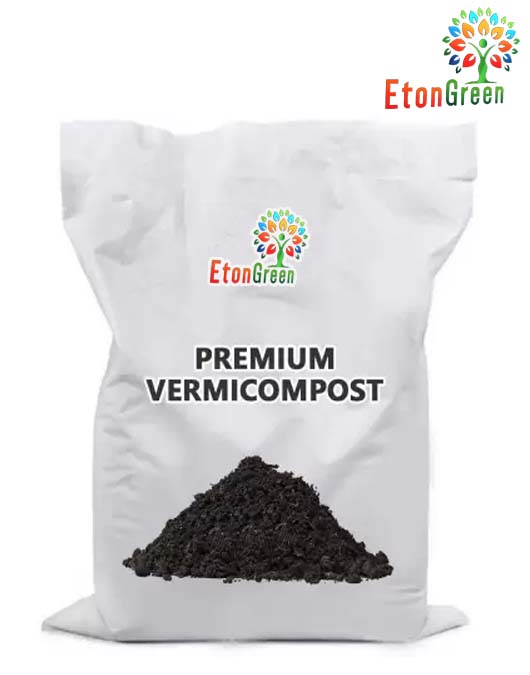



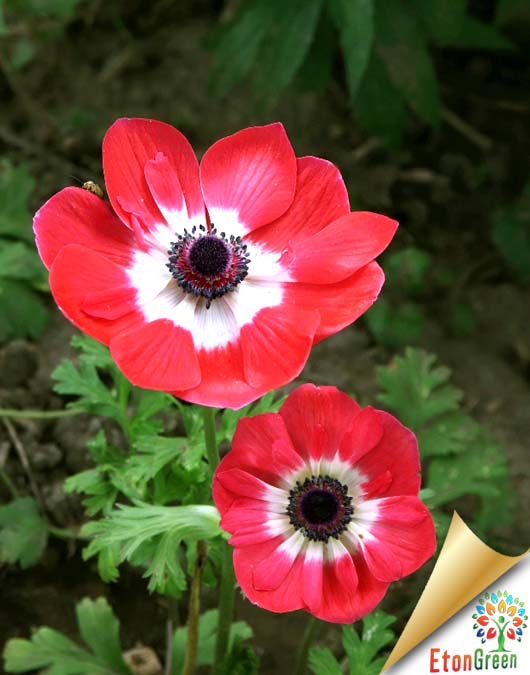
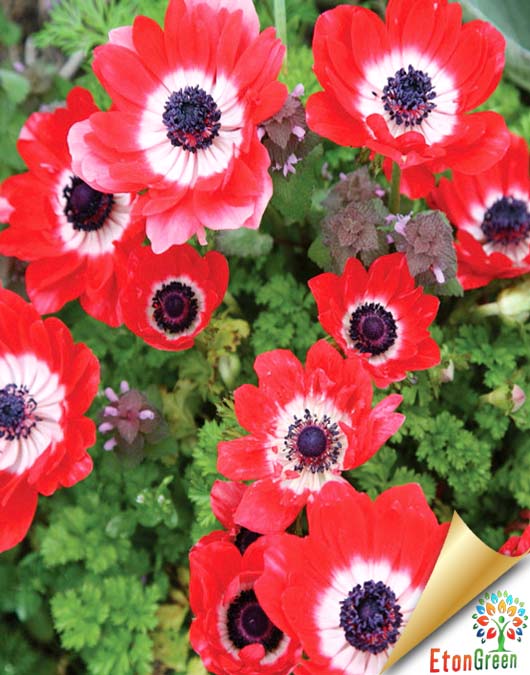
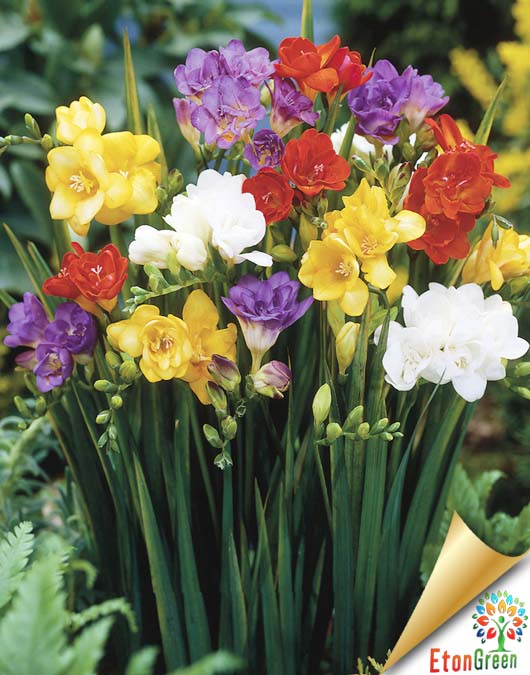
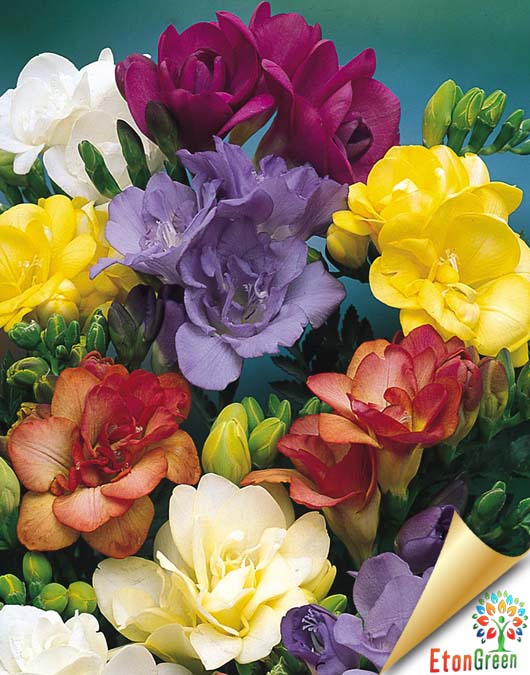
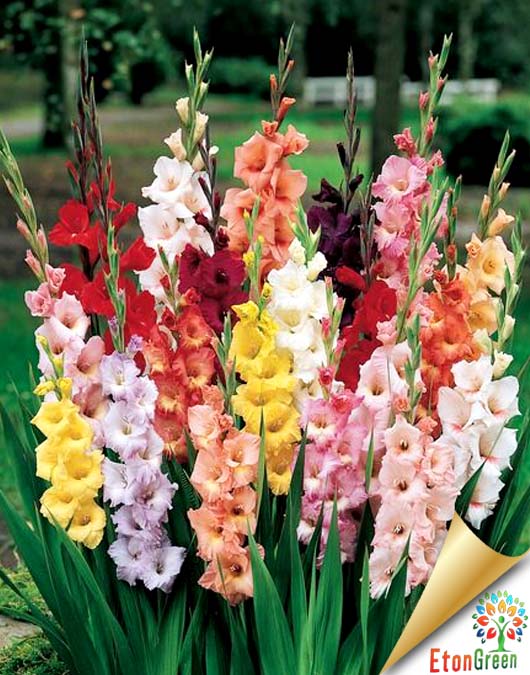
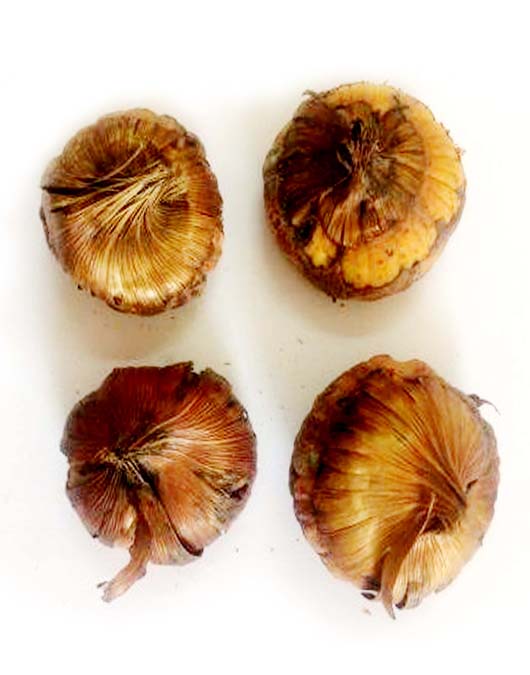
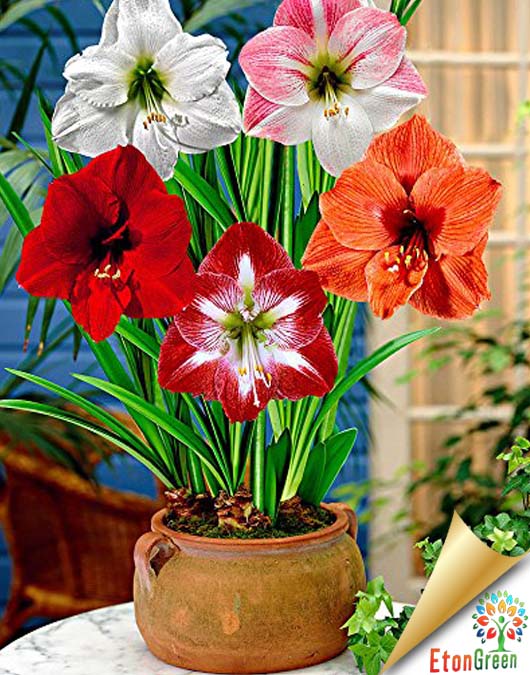
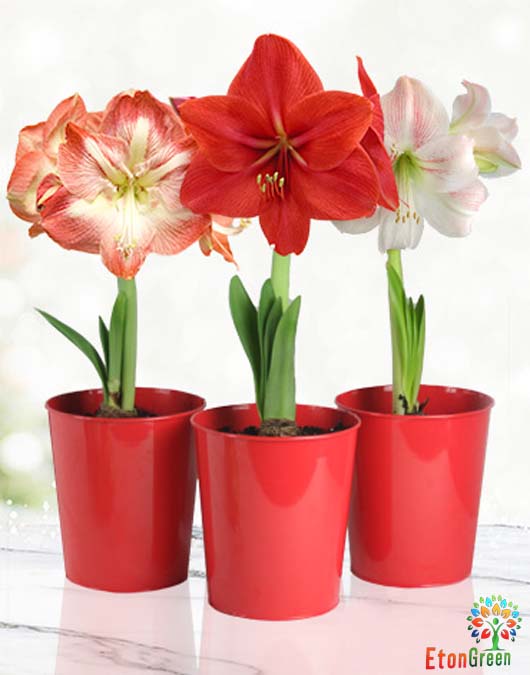






Reviews
There are no reviews yet.